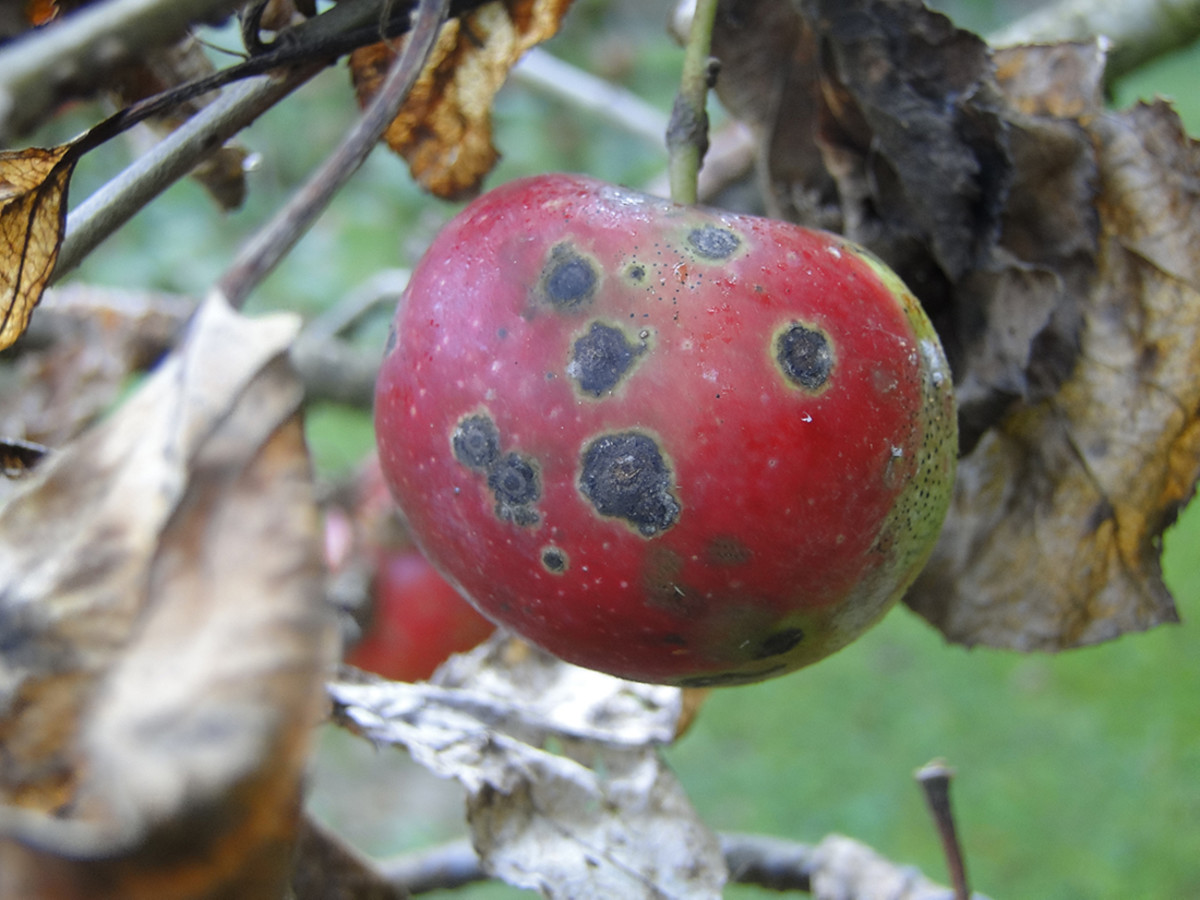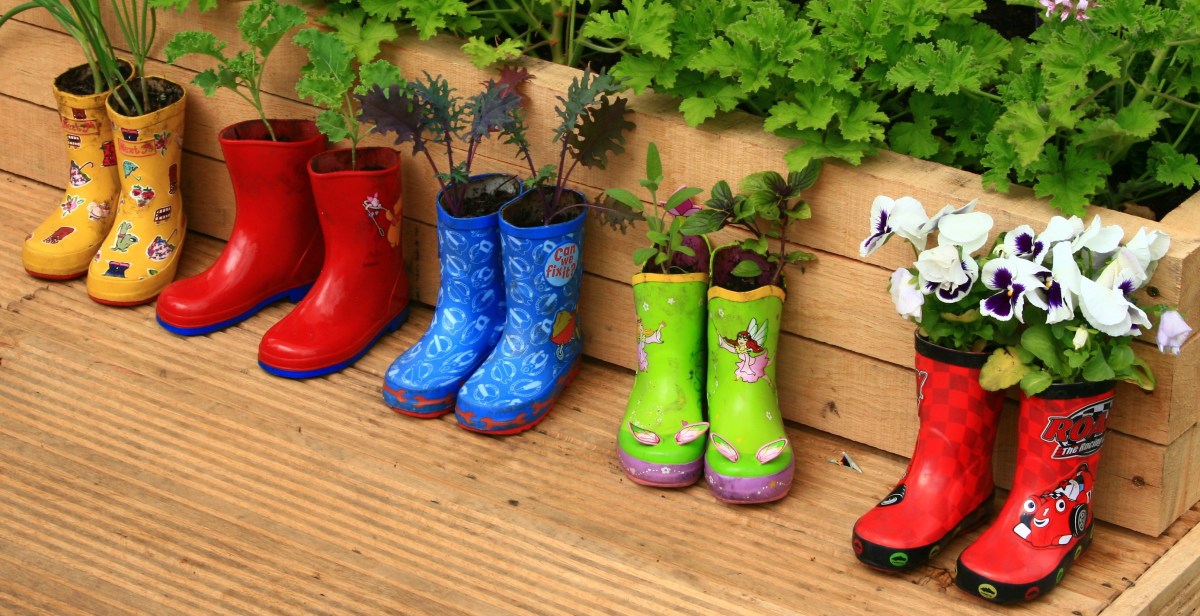A spider up my nose, hummingbirds, and butterfly bush
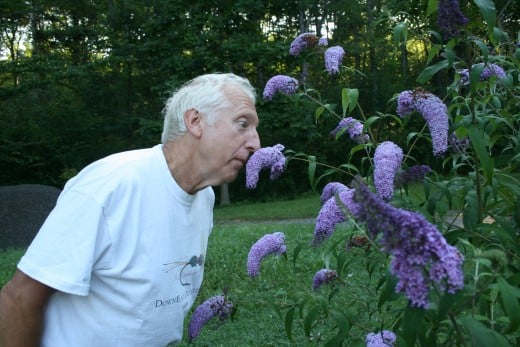
Gardens and flowers
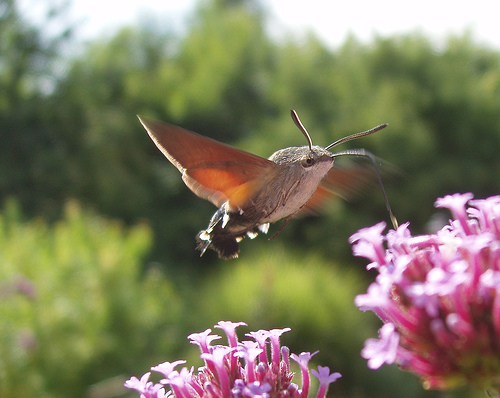
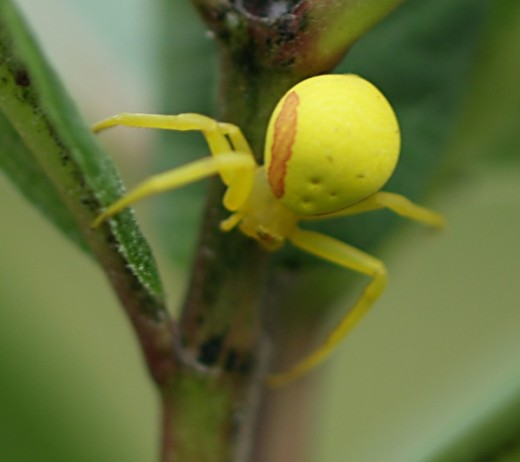
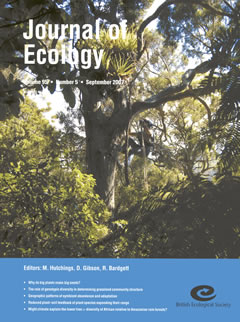
Butterfly Bush
My favorite flowering plant at DrTom's is the butterfly bush (Buddleia davidii). I have purple and white varieties. This woody perennial gets about 8 feet tall and several feet wide. I have taken to planting so many of them that I am not sure the sun will ever hit the ground near our house. They flower profusely beginning in July, and the flowers remain until frost. The flower spikes contain hundreds of tiny individual flowers, which are visited by a huge assortment of bees, spiders, hawkmoths, hummingbirds, butterflies, and other insects. The plant attracts an entire community of organisms by its visual display and its flowers' highly aromatic fragrance. Even I can smell the flowers when I am several meters away.
At this time of year, our evening Happy Hour usually consists of sitting on a small patio I am constructing adjacent to two butterfly bushes accompanied, of course, by a scotch and a cigar. The patio is designed to sit facing downhill, with the bushes at your back. But the plants are so full of life when they are in flower, that we have turned the chairs around to face the plants. I sit there, sip scotch, puff on a stick, and simply watch the show like it was an HBO action thriller. Great entertainment, and cheap. (By the way, butterfly bush is considered a noxious, invasive plant in some states (e.g., Oregon), and is not allowed to be sold there. Check with your local nursery or county extension agent before trying to obtain one.)
Crab Spiders
One of the little critters sitting patiently on a flower spike of my butterfly bush is a small, little spider known as a crab spider. It is called a crab spider because its body is shaped like a small crab and, duh, it IS a spider. It is obviously sitting there waiting for the appropriate insect to land and become its next meal. But I made an amazing discovery the other day when I was observing, up close and personal, a bright yellow crab spider nestled in a flower spike in ambush pose. I decided to take a deep inhalation of that beautiful flower scent and I immediately felt a strange sensation inside my nose (left nare, to be exact). You guessed it. It was then that I also noticed that the crab spider, which had been right in front of my face, was gone. I toppled to the side, still surrounded by flower spikes, and aggressively blew through my nose to relieve the tickly feeling. To my astonishment, the yellow crab spider flew out of my nose and plopped onto a new flower spike, none the worse for wear.
Dispersal
You biologists will immediately see the significance of this story. I had, in effect, served as a dispersal mechanism for the spider. I enabled it to get from one flower spike, which might have been depleted of insect prey, to another spike where the hunting might be more productive, without having to climb all the way down one spike and out to another one. We are all familiar with dispersal mechanisms that plants and animals employ to get from one place to another. I published a paper once about the pollen that sticks to hummingbird beaks and, therefore, get moved from flower to flower. But an arachnid using a mammal nose to disperse or emigrate from point A to point B? That is fascinating. Did I simply suck up the spider when I inhaled? Did the spider see that beautiful schnoz hovering above it and jump into it? We know that this species has good eyesight, but does it have a "search image" for mammalian noses?
Potential projects
So there are lots of unanswered questions here and plenty of room for graduate research projects. I can imagine someone going from one type of flower to another and documenting the animal contents of his nose after visiting each species of plant. There's a scientific publication. I can imagine quantifying the animal contents of your nose in spring vs. fall. There's another one. I can imagine determining the relative proportion of eggs to larvae to adults of organisms produced from your nose. That's a good one. This approach could even develop into a new census technique for sampling arthropod abundance on various plants as the investigator simply walks a straight line through a field while inhaling deeply at each flower he encounters. Throw those insect sweep nets away, discard insect pheromone contraptions, and forget about those messy sticky traps. This is a sampling device you will never leave home without.
Disclaimer
(Had this anecdote actually been true, I would have written it up as a short note and submitted it to the journal Ecology for publication. But isn't this the kind of craziness from which ideas develop?)
Flowers, insects, and spiders
- The Xerces Society
To educate the public about insects and their importance, and to conserve them. - World's Weirdest Moths - Neatorama
- Butterflies
An introduction to butterflies found in typical North American backyards - Welcome! | Butterflies and Moths of North America
- A bees-eye view: How insects see flowers very differently to us | Mail Online
- Insect ID - Flowers
- Crab spider - Wikipedia, the free encyclopedia
- Buddleja - Wikipedia, the free encyclopedia
- Butterfly Bushes - butterfly bush varieties
A listing of butterfly bushes. We offer serveral butterfly bush varieties. - To join HubPages and write your own articles, click here.



